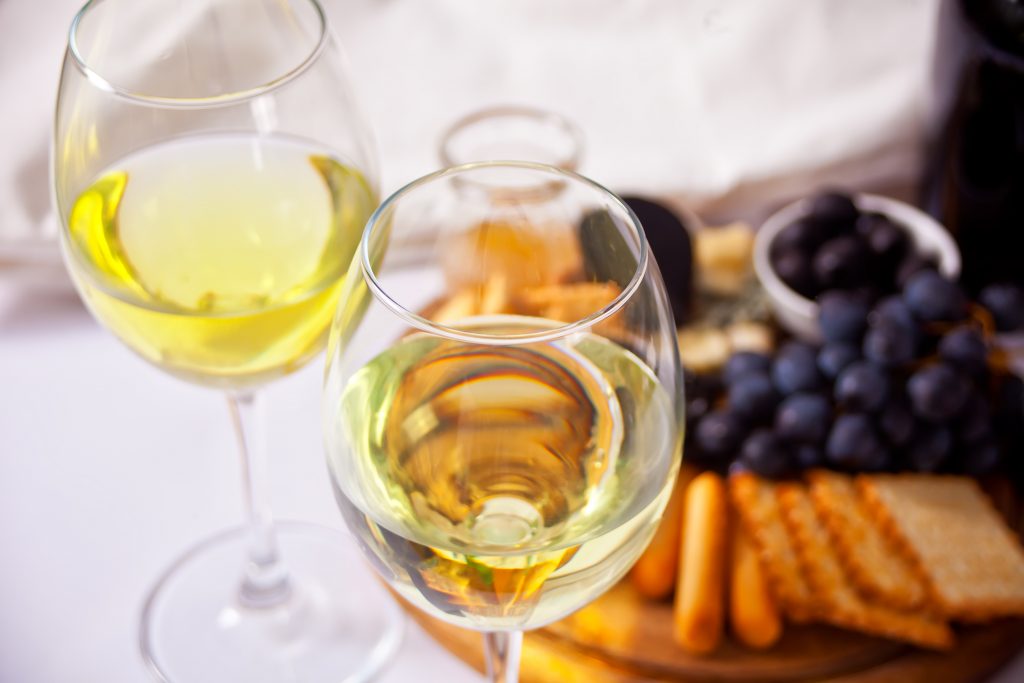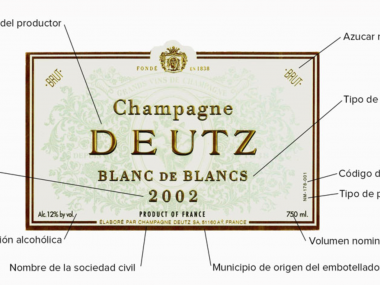Sherry is one of the jewels of Spain when it comes to wine. Here we tell you everything you need to know about these wines, their characteristics and the soils and climates where they are produced.

Jerez, the land of fortified wines
The city of Jerez de la Frontera, located in the centre of the Cadiz region, has given its name to the famous sherry wines. However, the Jerez and Manzanilla de Sanlúcar de Barrameda Designation of Origin extends to the towns of Jerez de la Frontera, El Puerto de Santa María and Sanlúcar de Barrameda, forming the so-called “Jerez triangle”.
With its coast bathed by the Atlantic Ocean and between the Guadalquivir and Guadalete rivers, there are 12,000 hectares of vineyards with undulating terrain of marked white limestone, albariza, spongy and very deep soils, with excellent water retention capacity and unbeatable physical conditions for the development of the vineyard.
The southern climate is compensated by the Atlantic influences, providing mild summers and winters and the proximity to the sea provides high humidity, with appreciable annual rainfall contrasting with the remarkable sunshine.
Sherry Wines
The predominant variety in this Denomination of Origin is Palomino Fino, which occupies almost 90% of production. The rest corresponds to the Pedro Ximénez and Moscatel varieties.
The DO Jerez produces different types of fortified wines, including manzanillas, finos, amontillados, palo cortado, olorosos, creams, Pedro Ximénez and Moscatel.
The system used to age the wines is called “criaderas” and “soleras”. The heading will determine the type of ageing of the wines in the casks, with the minimum ageing period established at three years, so there will be a first biological ageing and then an oxidative ageing.
Different types of sherry wine
We can find different types of sherries, all of them with a high alcohol content, which can vary between 15 and 22 degrees. The variable that allows us to classify them is the amount of sugar that each one contains.
The driest wines are the fortified wines, with less than 5 grams of sugar per litre, which include the manzanilla and fino wines, which are straw yellow in colour, the amber amontillado, the palo cortado and the oloroso, which range from mahogany to chestnut. Manzanilla also has less than 5 grams of sugar.
On the other hand, the liqueur fortified wines include the pale cream and the medium, from 45 to 115 grams of sugar per litre and the cream, which has between 115 and 140 grams of sugar.
We also have the natural sweet wines, with a quantity of sugar that can vary between 180 and 500 grams of sugar per litre, which are the Pedro Ximénez and the Moscatel.
Finally, we can find the Qualified Old Wines of 20 and 30 years old, Wines with Indication of Age of 12 and 15 years old and Vintage Wines.






